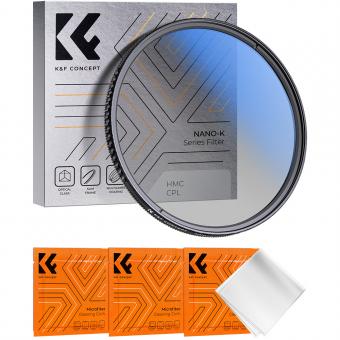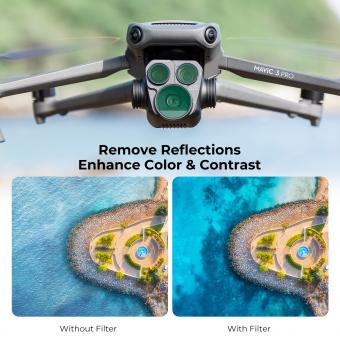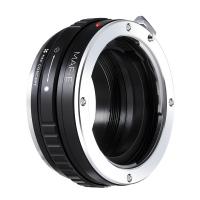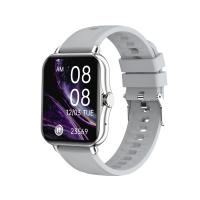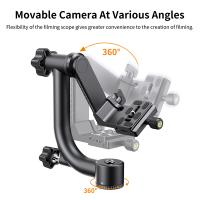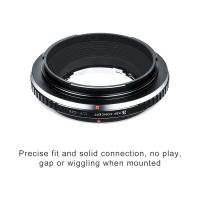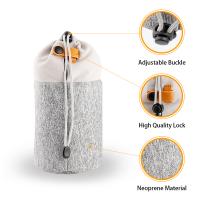How To Get Microscopic Glass Out Of Skin ?
If you have microscopic glass particles in your skin, you should first wash the affected area with soap and water. Then, you can try using a piece of tape to gently lift the glass particles out of your skin. If this doesn't work, you can use a sterilized needle or tweezers to carefully remove the glass particles. Be sure to clean the area with rubbing alcohol before and after removing the particles to prevent infection. If you are unable to remove the glass particles or if the area becomes red, swollen, or painful, seek medical attention.
1、 Skin Anatomy
Microscopic glass particles can easily get embedded in the skin, causing irritation and discomfort. The first step in removing microscopic glass from the skin is to wash the affected area with soap and water. This will help to remove any visible glass particles and prevent infection.
If the glass particles are not visible, a piece of adhesive tape can be used to gently lift them out of the skin. Alternatively, a sterilized needle or tweezers can be used to carefully remove the glass particles. It is important to be gentle and avoid causing further damage to the skin.
If the glass particles are deeply embedded in the skin, it is best to seek medical attention. A healthcare professional can use specialized tools to remove the glass particles safely and effectively.
It is important to note that even after the glass particles have been removed, the affected area may still be sensitive and require proper care. Keeping the area clean and dry, and applying a topical antibiotic ointment can help to prevent infection and promote healing.
Recent studies have shown that the use of ultrasound can be an effective method for removing embedded glass particles from the skin. This non-invasive technique uses high-frequency sound waves to break up the glass particles, making them easier to remove. However, this method is not widely available and may not be suitable for all cases.
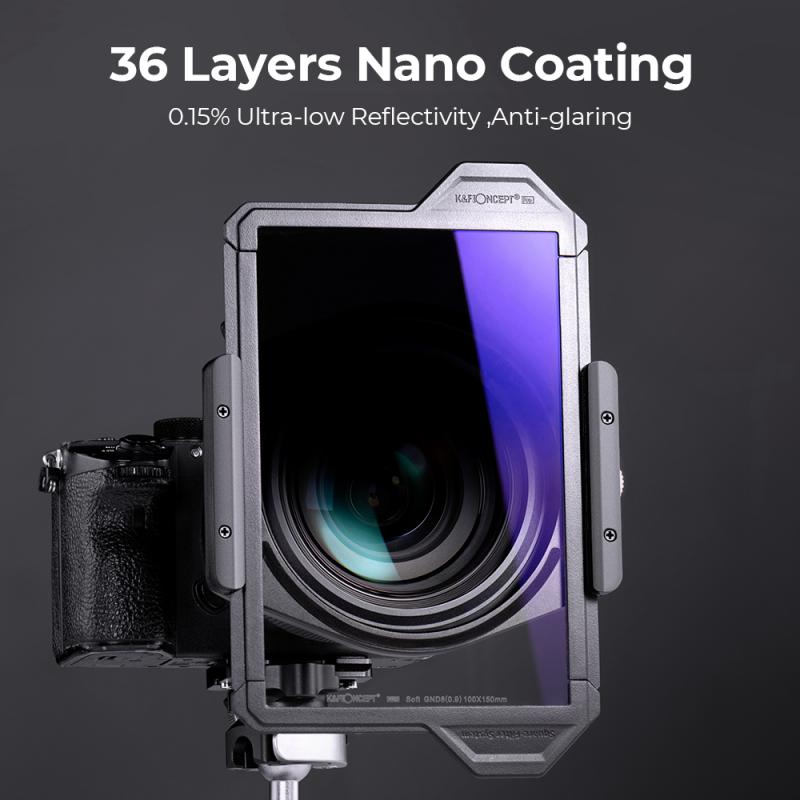
2、 Microscopic Glass Properties
How to get microscopic glass out of skin:
Microscopic glass particles can be difficult to remove from the skin, as they are too small to be seen with the naked eye. However, there are a few steps that can be taken to remove them:
1. Wash the affected area with soap and water. This will help to remove any visible glass particles and reduce the risk of infection.
2. Use a piece of tape to gently lift any remaining glass particles from the skin. Press the tape onto the affected area and then peel it off slowly.
3. If the glass particles are embedded in the skin, use a sterilized needle or tweezers to carefully remove them. Be sure to clean the area with alcohol before and after removing the particles.
4. If the glass particles are causing pain or irritation, apply a cold compress to the affected area to reduce swelling and discomfort.
It is important to seek medical attention if the glass particles are deeply embedded in the skin or if there are signs of infection, such as redness, swelling, or pus. In some cases, a doctor may need to use a microscope to locate and remove the glass particles.
Recent studies have shown that microscopic glass particles can have harmful effects on human health, particularly when inhaled. These particles can cause lung damage and increase the risk of respiratory diseases. As a result, it is important to take precautions when working with glass, such as wearing protective clothing and using proper ventilation.

3、 Skin Injury and Inflammation
When microscopic glass particles get embedded in the skin, it can cause irritation, inflammation, and pain. Here are some steps to remove microscopic glass from the skin:
1. Wash the affected area with soap and water to remove any visible glass particles.
2. Use a magnifying glass to locate any remaining glass particles.
3. Use a piece of duct tape or a sticky lint roller to gently lift the glass particles out of the skin.
4. If the glass particles are deeply embedded, use a sterilized needle or tweezers to carefully remove them. Be sure to sterilize the needle or tweezers with rubbing alcohol before use.
5. After removing the glass particles, clean the area with rubbing alcohol and apply an antibiotic ointment to prevent infection.
It is important to seek medical attention if the area becomes infected or if there is a large amount of glass embedded in the skin. In some cases, a doctor may need to remove the glass particles using a surgical procedure.
Recent studies have shown that using a mixture of baking soda and water can also help remove microscopic glass particles from the skin. The mixture can be applied to the affected area and left on for a few minutes before rinsing off with water. However, it is important to note that this method has not been extensively studied and may not be effective for all cases.

4、 Glass Removal Techniques
Glass Removal Techniques: How to Get Microscopic Glass Out of Skin
Getting microscopic glass out of your skin can be a painful and frustrating experience. It can happen when you handle broken glass or when glass shatters unexpectedly. The tiny shards can embed themselves in your skin, causing irritation, inflammation, and infection. Here are some glass removal techniques that you can try at home:
1. Wash the affected area with soap and water. This will help to remove any dirt or debris that may be on the skin.
2. Use a pair of tweezers to gently remove any visible pieces of glass. Be careful not to push the glass deeper into the skin.
3. Apply a small amount of petroleum jelly or adhesive tape to the area. This can help to lift the glass out of the skin.
4. Soak the affected area in warm water for 10-15 minutes. This can help to soften the skin and make it easier to remove the glass.
5. If the glass is deeply embedded in the skin, seek medical attention. A doctor may need to use a needle or scalpel to remove the glass.
It is important to keep the affected area clean and dry to prevent infection. If you notice any signs of infection, such as redness, swelling, or pus, seek medical attention immediately.
In recent years, there has been a growing interest in using lasers to remove glass from the skin. Laser-assisted glass removal is a non-invasive and painless procedure that uses a laser to break down the glass into tiny particles that can be easily removed from the skin. This technique is still relatively new and may not be widely available.
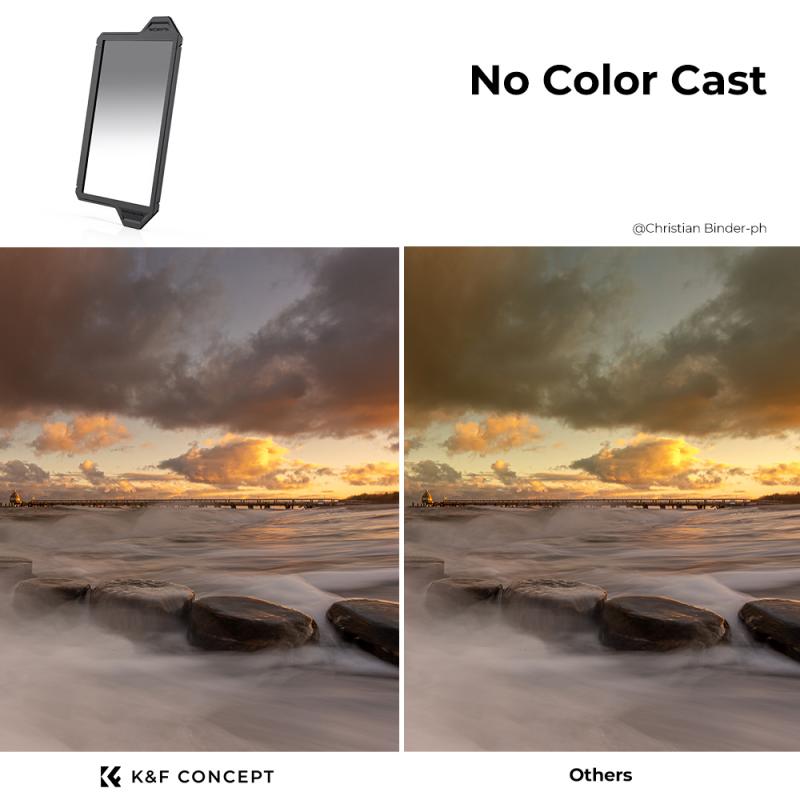



![Supfoto Osmo Action 3 Screen Protector for DJI Osmo Action 3 Accessories, 9H Tempered Glass Film Screen Cover Protector + Lens Protector for DJI Osmo 3 Dual Screen [6pcs] Supfoto Osmo Action 3 Screen Protector for DJI Osmo Action 3 Accessories, 9H Tempered Glass Film Screen Cover Protector + Lens Protector for DJI Osmo 3 Dual Screen [6pcs]](https://img.kentfaith.de/cache/catalog/products/de/GW41.0076/GW41.0076-1-340x340.jpg)
